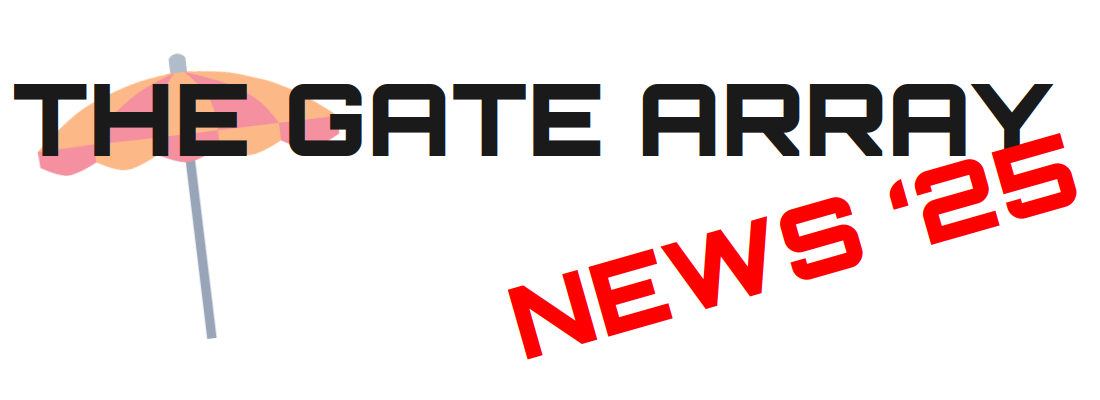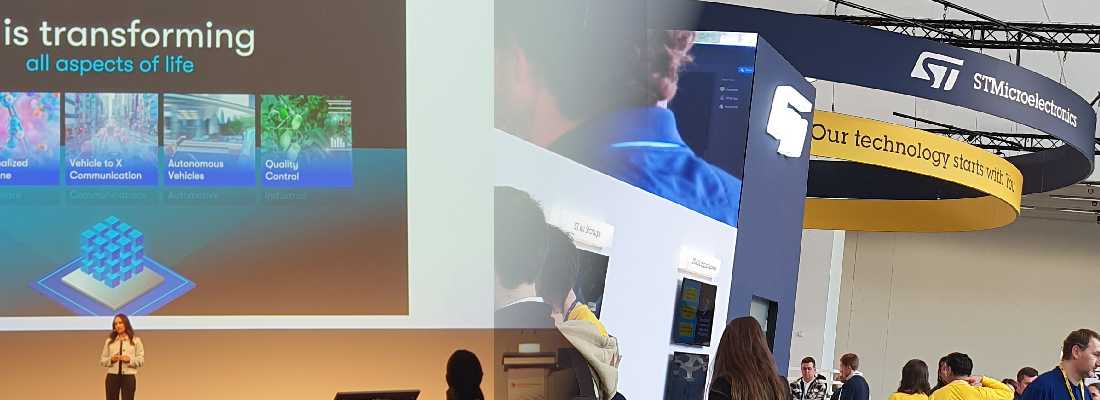The end of the world
The Mayas predicted the end of the world in 2012. Engineers said that the year 2000 was going to be critical for many systems based on computers. According to the UNIX time, systems won’t be able to work after January 19th of the year 2038. All of them were wrong, the end of the world was not going to be in 2000, 2012, or 2038, the end of the world will be in 2025. Climate change, the number of active wars, and European political instability have converted this world into a place that is uninhabitable. There is no more time. The end is here, but don’t worry, we still have some options. Elon Musk and Jeff Bezos have several space-shuttle ready to leave this planet and start again in another place. This new place has all you can need to live, water, oxygen, energy, and food, however, there are many other things that you will need to bring with you. The problem is the available space in the shuttle, it is very reduced so we can take just the minimum. If you are reading these lines, I am pretty sure that you are an FPGA designer, a job that will be very relevant in the new place, so you will bring with you a laptop and a development board where you will be able to develop and implement algorithms to help this new civilization to reach as fast as possible the technological level we left behind.
As engineers who have all very well documented, we knew that this could happen, so we have a list of the minimal requirements of a development board. Let’s check all of them.
SOC
This is indisputable, the board has to be based on a System-On-Chip. Remember that we need a development board for everything, so if we need speed and to implement our own designs, we will need an FPGA and also, if we need to run high-level code, we will need an embedded processor. Means this that FPGA boards will be useless in this case? absolutely no, we have soft processors but their performance is miles away from the performance of a hard processor, and, again, with a SOC board, we have the best of both worlds.
No SOM
We just have one board, so we need to have all the elements needed to make the board run without external components. SOM are great for integrating them into our boards but we need a board that contains everything we need. As we will see later, I consider that the KR260 kit meets this requirement, but this is because the KR260 is not a SOM, but a carrier board + a SOM, that converts the kit into a complete development board.
External digital interfaces (2.54mm)
Carrying with us a set of wire is very easy, either we are leaving the city for a couple of days, or we are leaving the earth forever so, being able to make connections without soldering is very important. Digital IO connectors of 2.54mm are essential in every board. With these connectors, we can connect a temperature sensor (needed to have a temperature register and know if the new planet has also weather stations), a pressure sensor, or a scope to check if a signal is correct or not.
USB Power Supply
Do you remember when each phone vendor had its charger? Not just vendors, but also devices of the same vendor had different charging connectors. Now, due to some regulations, all phones use the standard USB-C (talk about standard and USB-C is something that can be discussed, maybe we can say “standards”), so now we can use the same USB-C connector to charge any phone, which is great, especially for the vendors that now, don’t need to include a charger with the phone (Vendors 1-0 UE). Development boards like the ZUBoard, or the MPFS Discovery Kit are powered through a USB-C connector, however, the AMD Kria Kits use a 12V adapter that you need to carry on if you want to travel with the board. It is quite useless because 12V is a voltage that can be obtained with the USB-C PD standard. As I mentioned before, the space in the shuttle is limited, so it would be great if the same charger for the laptop could be used also to power the board.
Ethernet
We are not going to be alone on the new planet since several space shuttles will leave the Earth. The new planet is planned to launch several Starlink Satellites so, soon, all the citizens of the new planet will be connected. To be able to send and receive data through the new internet network, our development board has to be able to transmit and receive packets through an Ethernet connection. An Ethernet connection is very useful, for example when we are working in a different place where the board is so we need to talk with it using SSH or any other protocol. Also to send and receive data is quite common to use SCP. In addition, it is a true standard, so you just need to connect the board to an Ethernet switch, and the connection will be established.
Integrated JTAG
To finish, and related to the lack of space in the shuttle, will be very useful for the board have an integrated JTAG. Fortunately, almost all development boards have some kind of JTAG implemented but boards like the Microzed or the Hello FPGA Kit don’t. It is a must in this adventure.
With all of these requirements, I have selected eight development boards that meet all or almost all the requirements.
| Board | Part | SOC | No SOM | DIO | USB PS | Ethernet | JTAG |
|---|---|---|---|---|---|---|---|
| Microzed | Zynq7000 | X | Only a PS PMOD | X | X | ||
| ZUBoard | Zynq MPSOC | X | X | Only a MikroBUS | X | X | X |
| Red Pitaya STEMlab | Zynq7000 | X | X | X | X | X | |
| MPFS Discovery Kit | PolarFire SOC | X | X | X | X | X | X |
| Eclypse Z7 | Zynq7000 | X | X | X | X | X | |
| PYNQ Z2 | Zynq7000 | X | X | X | X | X | X |
| TE0802 | Zynq MPSOC | X | X | X | X | X | |
| KR260 | Zynq MPSOC | X | X | X | X | X |
All the boards are based on SOCs, either Zynq7000, Zynq MPSOC, or PolarFire SOC.
The second requirement is that they have not to be a SOM, and all of them meet this except the Microzed. I have included this board because it is a “powered” SOM, I mean, it is a SOM, no doubt, but it also has the SD Card Socket, Ethernet connector, USB A connector, and a PMOD… actually offers more than other development boards, so I think it deserves to be here.
Regarding the 2.54 mm connector, all the development boards I selected have some kind of this connector, however since some of them offer a complete Raspberry PI connector (MPFS Discovery Kit, PYNQ Z2, and KR260), or another kind of connector with many DIO (Red Pitaya STEMlab), others just offer a couple of DIO pins, and for me, this is the only bad thing about the ZUBoard, actually, with a Raspberry Pi connector, the ZUBoard would be the selected board to leave the earth with us.
Let’s talk about power. As I mentioned before, USB-C powered boards are preferred for this mission, so very good boards like the Trenz TE0802, the AMD KR260, or the Digilent Eclypse Z7 Board have to stay in the earth since they won’t follow us.
At this point, we have three boards yet, the Red Pitaya STEMlab, the MPFS Discovery Kits, and the PYNQ Z2, two of them based on Zynq7000, and the other one based on PolarFire SOC, and we reached the last point, the integrated JTAG. The Red Pitaya STEMlab is excellent as a scope, as a signal generator, and also as development board. It is a kind of Eclypse Z7 with the ZMOD ADC and ZMOD DAC all on the same board, however, it doesn’t have an integrated JTAG. It has the JTAG pins non-populated, and due to the soldering wave, the holes of this non-populated connector are covered with tin, making it very hard to solder the 2.54 mm connector, so this board can not be with us in this adventure.
Finally, the boards that can be selected to be with us in the new world are the MPFS Discovery Kit and the PYNQ Z2. The MPFS Discovery Kit was the board that Microchip had to be delivered instead of the Icicle Kit. It is based on a Microchip PolarFire SOC, has an Ethernet connector, and a Raspberry Pi connector, and is powered through the USB C, that besides the power it also serves as JTAG thanks to its integrated FlashPro 5. Summarizing, it has all you can need to start with.
Regarding the PYNQ Z2, I have to say that is the board I recommend to start with Zynq. It has all you would need to work in any place in the universe. It is powered through a USB Micro connector (the board was released more than 4 years ago), it has Ethernet, HDMI IN, and OUT, a Raspberry Pi connector, and also an Arduino connector along with several LEDs, Push Buttons, and switches.
At this point, I have to say that no, the end of the world is not in 2025, at least in the first week of January. The list of the boards I created is based on the boards I have tested and my needs, maybe you need high-speed interfaces, of an FMC connector but if you want to start with FPGA and SOC, maybe you can consider this article when you will buy your first development board.
Happy 2025!




